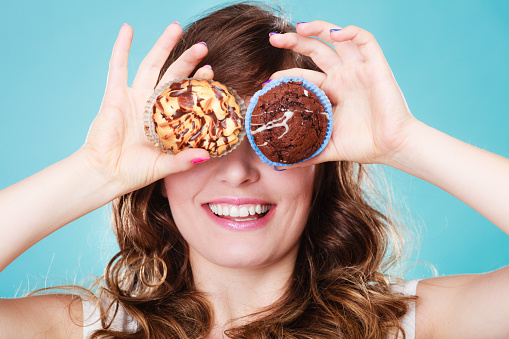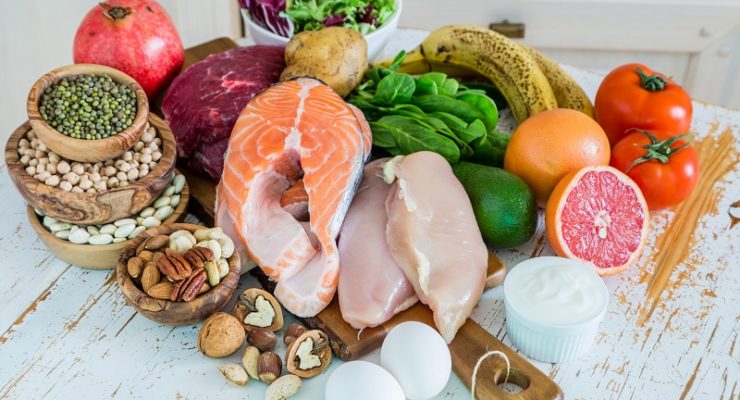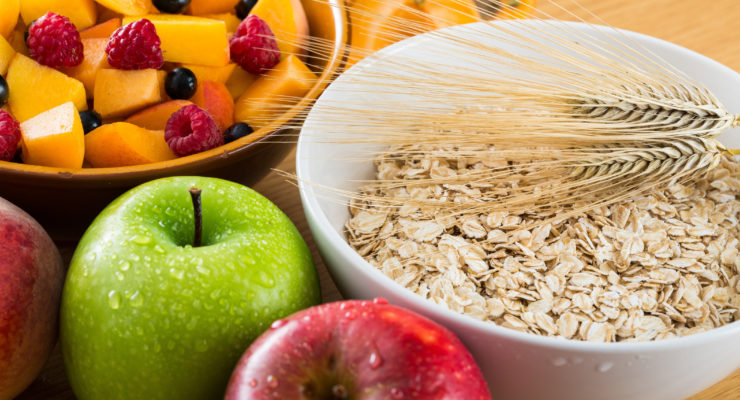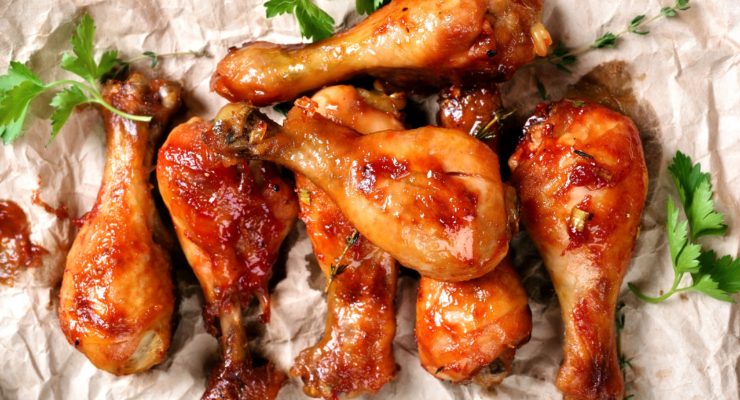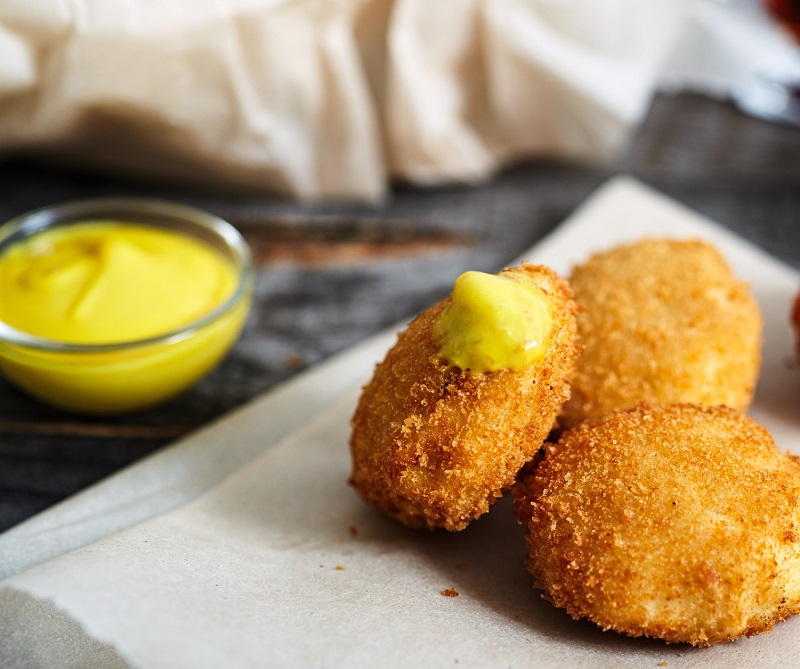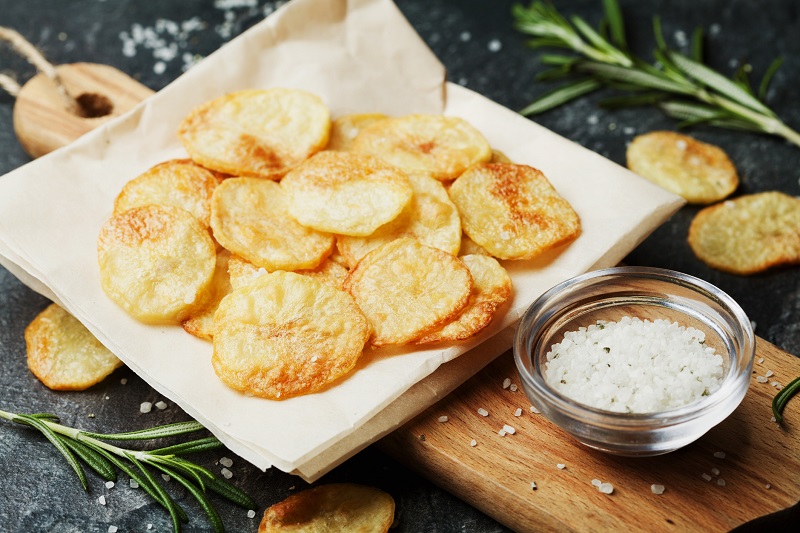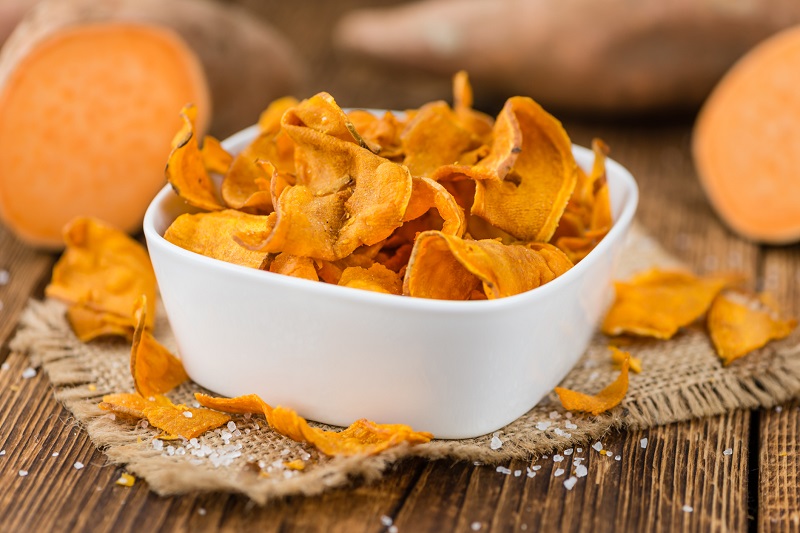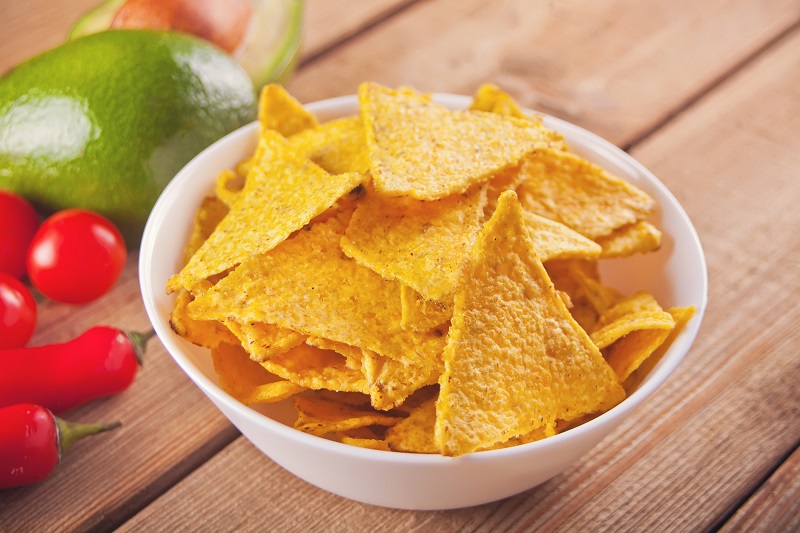7 Winter Weight Loss Diet Mistakes to Avoid
Weight loss experts used to warn us that on average, Americans gain seven pounds over the holiday season from Thanksgiving to New Year. Fortunately, more recent studies have dialed that number back to what looks like a more manageable pound or so.
For example, one 2016 study published in the New England Journal of Medicine found that in the U.S., we put on an average of 1.3 pounds after the holidays. (For those who are already overweight, other studies have found it can be as much as five pounds or more.
We are not alone. The researchers, from Tampere University of Technology in Finland, found that packing on pounds over the holidays isn’t a uniquely American problem. Germans gained 1.8 pounds and the Japanese put on an extra 1.1 pounds over Christmas. Everyone also overdid it on national holidays, such as Thanksgiving, Easter and Golden Week, a Japanese holiday that occurs in May.
But it’s actually worse than it sounds. A full half of the pounds that Americans and their friends put on over the holidays, the study found, stick to them like super glue. After dropping half their holiday weight gain, they stopped losing weight, so they still weighed more than they had before the holiday meals and festivities began.
Now, multiply that by years. That’s one answer to the age-old question, “How did I gain so much weight so fast?” We make all kinds of mistakes in the winter months that sabotage our fat loss diet goals, and not just over the holidays.
Here are seven winter weight loss mistakes you might be making and how to avoid them:
1. You stick to traditions.
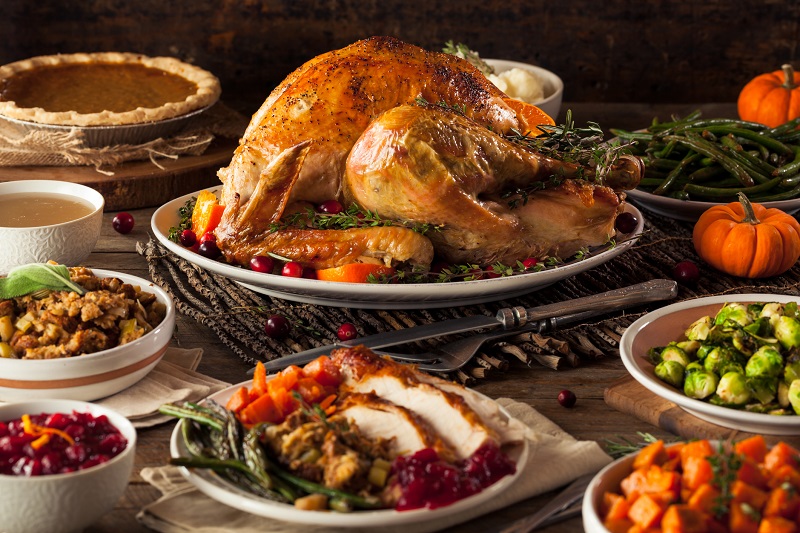
You always have turkey with all the trimmings, sometimes twice during the holiday season (an average of 4,500 calories, according to research from the Calorie Control Council. You always bake gingerbread men with the kids or grandkids (at 158 per man, according to one homemade recipe from mccormick.com for this holiday treat). And it wouldn’t be the holidays if you didn’t make your famous Buche de Noel, a delectable concoction of sponge cake, chocolate and heavy cream (484 calories—most from fat—according to Bon Appetit magazine’s recipe). You warm up cold winter nights with comfort foods such as mac and cheese (one cup made from a mix is 405 calories a cup, according to the U.S. Department of Agriculture (USDA)) , and thick, beefy stews (at least 210 calories a cup, depending how you make it according to USDA).
Solution: To lose weight in winter you’ll need to change up your traditions. Choose your favorite foods from your holiday meal and take one serving of each. Focus less on food and more on experiences. Trade the annual cookie bake-off for a day of crafting or ice skating. Skip your fancy calorie-laden dessert and become the life of the party by bringing board games to play after dinner. Feed your cravings for comfort food by indulging in Nutrisystem’s creamy mac and cheese, Chicken Pot Pie and Hearty Beef Stew—tons of comfort, fewer calories.
Get perfectly-portioned Nutrisystem weight loss meals to ensure you stay on track. >
2. You use busyness as an excuse for unhealthy choices.

One Cornell University study, published in the Journal of Nutrition Education and Behavior, found that having a busy schedule was the number one reason families made unhealthy food choices. In winter, to your already busy days, you add holiday shopping, decorating and delays caused by bad weather—so of course grabbing a bucket of chicken or ordering a pizza seems like a good solution…until you step on a scale.
Solution: Even if you can’t slow down your life or offload any of your daily tasks, you can be prepared for those times when you used to turn to the drive-thru. Make sure you have your Nutrisystem snacks with you so when you hit a snag finishing up your shopping at the mall you won’t be so hungry that the temptation to binge out is too great to resist. Keep your kitchen stocked with the fixings of healthy Flex Meals—veggies all cut, simple recipes at hand—or do some binge-cooking on the weekend so you have microwave meals in the freezer.
Get your Nutrisystem snacks right here. >
3. You drink too many calories.
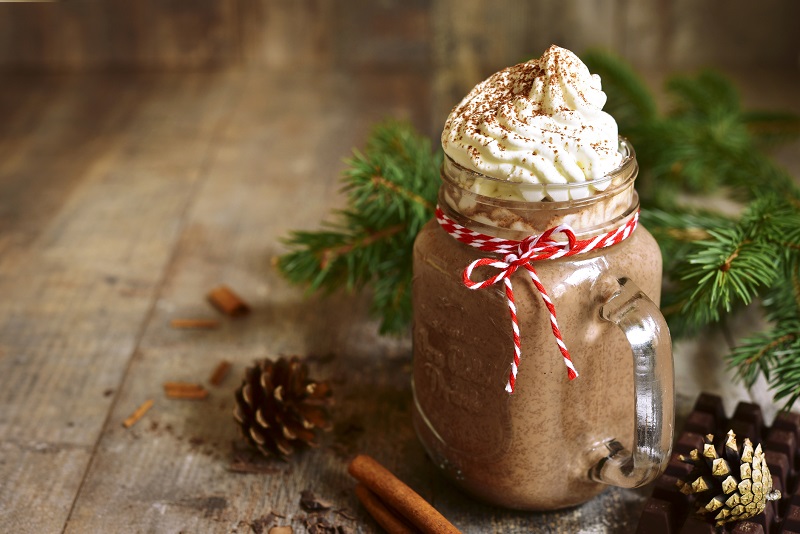
Alcohol at parties, hot chocolate drinks after a day of skiing, sledding or even shopping–those liquid calories add up. Alcohol has almost the same amount of calories per gram as fat (seven vs. nine according to a study conducted by Middle Tennessee State University), and a typical hot chocolate with whipped cream from a major national chain is 400 calories (before you start adding the syrups according to starbucks.com). Worse, liquid calories may not be filling, so you could put away 400 calories at a sitting and still want more. Not only that, alcohol can chip away at your willpower so you’re likely to have more.
Solution: Wise advice any time: Drink in moderation. According to Berkeley Wellness, A five-ounce glass of wine is only about 100 to 190 calories; a 12-ounce bottle of beer is as little as 55 calories and up to 200 calories or more; and a 1.5 ounce drink of liquor 90-165 calories or so. Stick with one, and make sure it’s not “supersized.” Many bars serve six to eight ounces of wine, and your cocktail might contain two or three times the amount of alcohol recommended for one serving. Your bartender can tell you.
You don’t have to give up those delicious hot chocolates and creamy lattes either. Just be smart when you order. Ask for skim milk and turn down the whipped cream. Love those seasonally spiced lattes? Order a small with nonfat milk and without that swirl of whipped cream on the top!
Grab a few protein-packed Nutrisystem shakes to curb the liquid craving. >
4. You don’t eat as many vegetables and fruit as you do in summer.

Yes, the farmer’s markets have largely closed down. No more fresh lettuces, juicy tomatoes and fresh-off-the-tree peaches. You miss those fresh salads the abundance of berries and fruits so your intake slacks off.
Solution: Expand your produce repertoire. There’s still plenty of cold weather produce to choose from, like Brussels sprouts, cabbage, kale, turnips and carrots, that can be shredded into salads or roasted to sweetness. Some fruits, like clementines, apples, and pears, are most abundant when the weather turns cold. Don’t turn down frozen and canned versions either. You’re not losing any of the health benefits. Studies have found that nutrient content of frozen and canned veggies doesn’t vary greatly from fresh.
5. You’re too “nice” to regift Christmas cookies and turn down party treats.

It’s hard to say no to the party-giver who spent days preparing a ton of food and keeps running plate after plate of delectable goodies under your nose urging you to “just take one,” or assuring you that “it’s just once a year.” It’s even harder—no, impossible—to give back your sister-in-law’s chocolate chip banana bread or your neighbor’s cookie tray.
Solution: At parties, you can avoid temptation—and insulting a solicitous host—by bringing your own healthy appetizers or desserts and always keeping something you know you can eat on your plate. Then it’s easy to say, “Oh, I’d love to, but I don’t have room.” Or you can come clean: “It looks amazing, but I’m committed to sticking to my diet, even at parties.” The food gifts you receive are a blessing in disguise. They’ll save you some time and money: One less gift to buy or make!
Grab your favorite Nutrisystem desserts to satisfy your sweet tooth while remaining on track. >
6. You hide under layers.

Sweaters, layers and coats are a place to hide from a body that makes you unhappy, but you’re dieting. You’re working on a body you can be happy with and that you don’t want to hide.
Solution: You may be able to hide from others, but there isn’t enough outer wear in the world that can hide your weight from yourself. And you don’t want to. Let it be your weight loss motivation, and certainly don’t be afraid to show off your hard work in a shirt or dress you’ve been eyeing up at your favorite store.
7. You don’t exercise because it’s cold, rainy, snowy, windy, dark. . .winter.

According to a Gallup poll, exercise frequency drops off precipitously the minute the weather gets little cold and messy. This can cause problems when you are trying to maintain a healthy and active lifestyle throughout the holidays.
Solution: This is the time to pay for a gym membership or a few pieces of exercise equipment—like bands, kettle bells or a step that will let you exercise indoors during inclement weather. But winter offers you a unparalleled opportunity to burn more calories in less time. By being a bit cold—enough to start shivering—you can burn 300 more calories a day, according to George King, MD, of the Joslin Diabetes Center. Cold burns more calories by activating brown fat, a special kind of fat that acts more like muscle to torch calories.
Need a little help to get on the healthy track this winter? Get started with your Nutrisystem meal plan today to avoid the winter weight gain! >
The post 7 Winter Weight Loss Diet Mistakes to Avoid appeared first on The Leaf.
from The Leaf https://ift.tt/2BnLKdb


